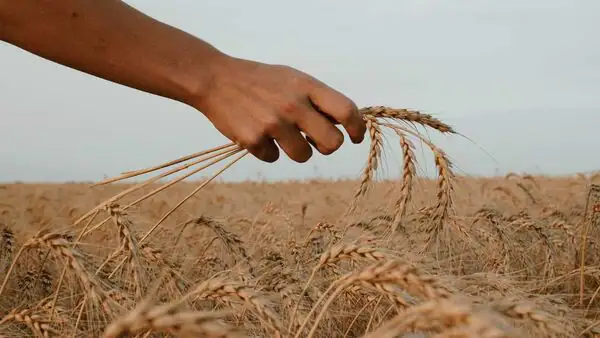Free Courses Sale ends Soon, Get It Now


Free Courses Sale ends Soon, Get It Now



Copyright infringement not intended
Picture Courtesy: www.livemint.com
Context: Wheat prices peaked at $13.64 a bushel in March 2022 post-Russia-Ukraine conflict, sharply dropping to $5.75, while rice prices surged, causing the UN Food and Agriculture Organization's Food Price Index to decline from its peak of 159.7 points in March 2022 to 120.6 points in October 2023.
Details
Wheat Prices
Rice Prices
Inflation Implications
Conclusion
Must Read Articles:
Food Security in India: https://www.iasgyan.in/daily-current-affairs/food-security-in-india
|
PRACTICE QUESTION Q. How is the Indian government addressing the challenges of food security, and what initiatives or policies are in place to ensure a sustainable and sufficient food supply for the diverse population of the country? |
© 2024 iasgyan. All right reserved